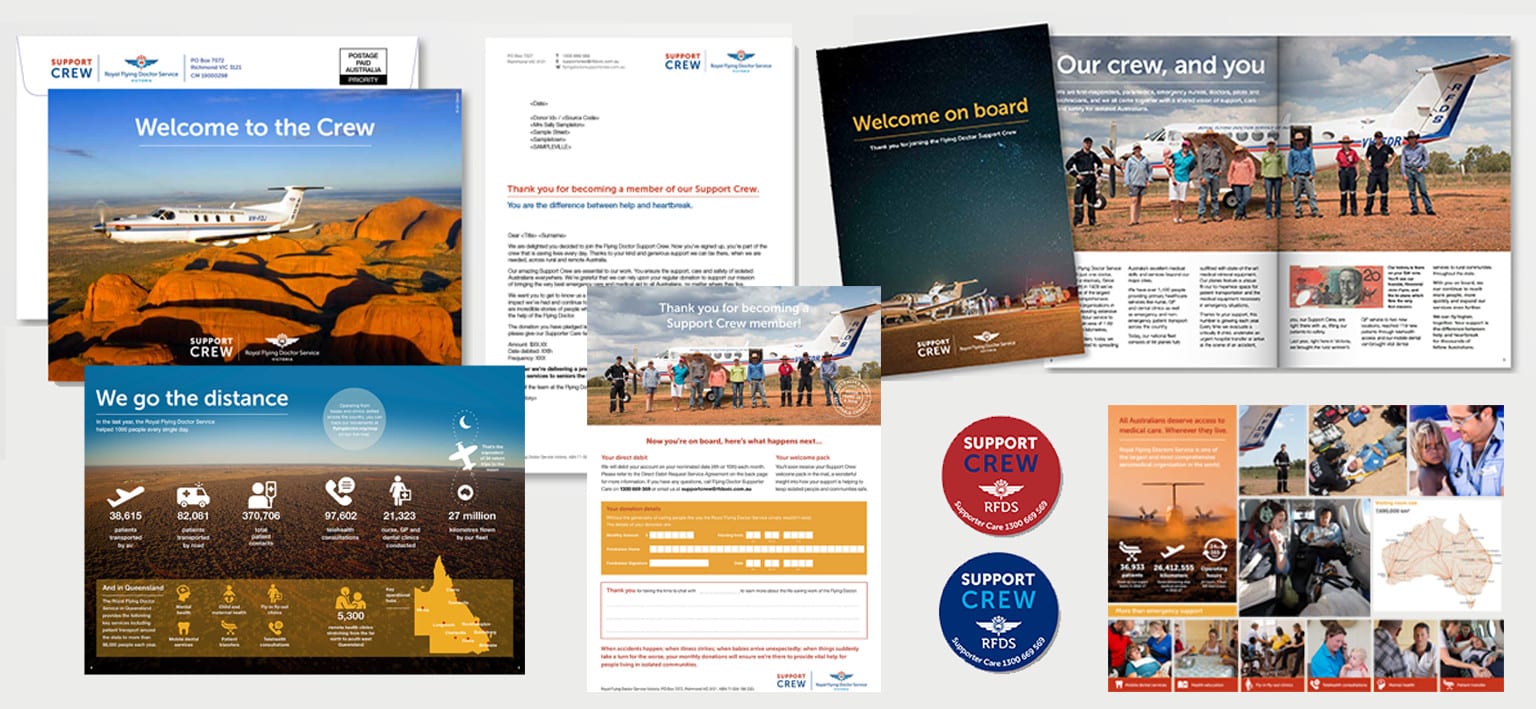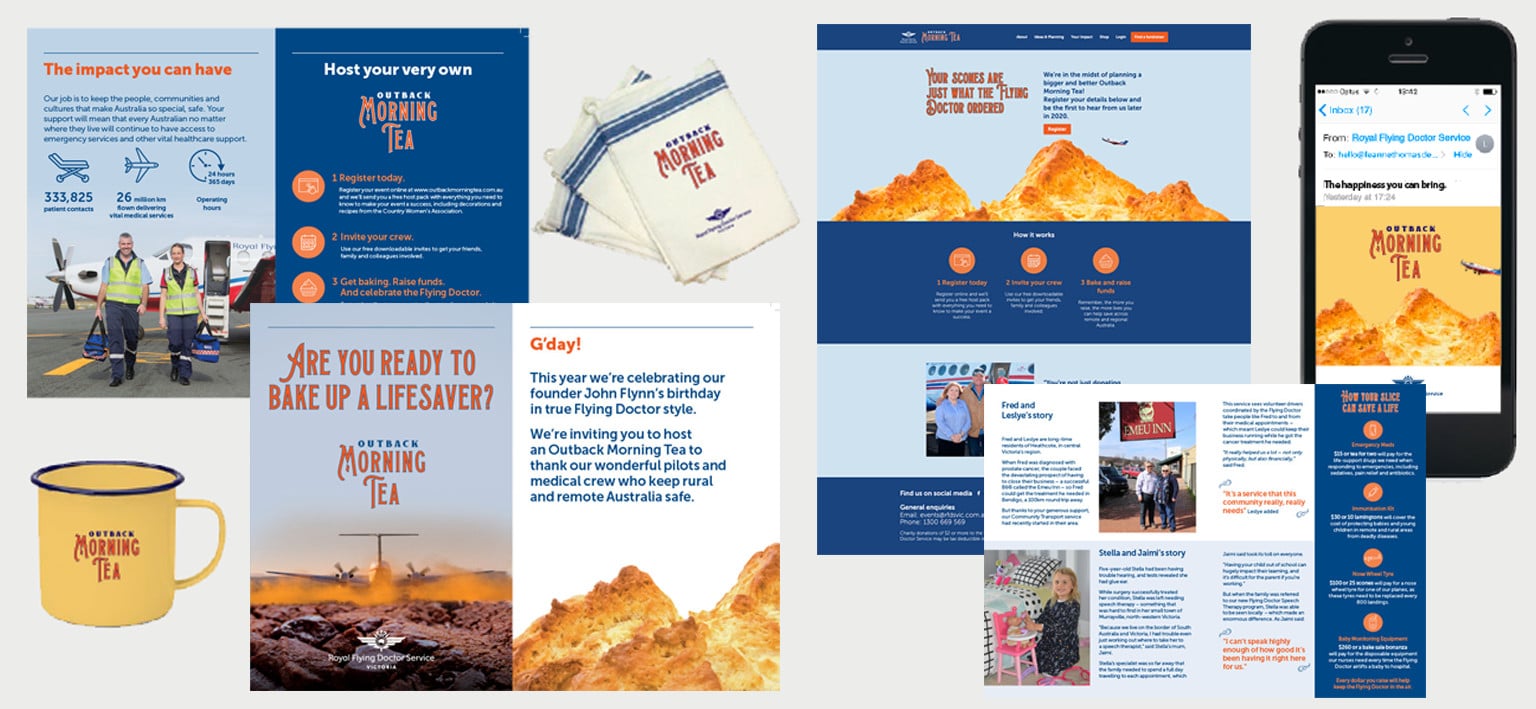Flying the flag for brand strategy
— by Dan Geaves
Most charities rely on fundraising income. During the recent pandemic a few organisations have been exposed to the risk of having all their eggs in one basket, rather than ensuring they have strategies in place for generating sustainable revenue from government, trusts and foundations, individuals and businesses.
To appeal to each of those audiences, charities and their fundraisers can adopt a plethora of best practise techniques. The majority of these involve building a connection between the donor and the beneficiary.
But there is one practise that is still given the cold shoulder by many charities, and fundraisers especially…. and that is building a strong brand. A brand that enables supporters and partners to achieve social impact through a partnership.
When it comes to attracting supporters and especially corporate partners, it can be tempting to think that you have to be a well-known brand. That’s not true… you have to be strong.
Supporters can help you spread your message and gain you even more support. But only if you are clear about what you’re offering.
This is where I believe brand work matters.
In 2019 Adrian Sargeant warned the Australian sector that “being caring is not distinctive.” His research and advice with Elaine Jay was already captured in their 2004 book “Fundraising Management: Analysis, Planning and Practice.” Longitudinal analysis had demonstrated to them that charities who consistently convey and reinforce what makes them distinctive outperformed those who did not.
Strong brands help an audience to quickly determine whether they care enough to listen further. When someone forms an engaged relationship they are prepared to give some of their precious attention to a new message, on social media platforms, in print or even of course from a person.
So how do people develop a belief in a brand?
Two of Australia’s most trusted brands are Careflight and Royal Flying Doctors Service (RFDS). We were fortunate to have worked with the latter on a few projects. One of the effective ways RFDS engage us as an agency is to help them develop positions for new relationship or audience engagements.
For their regular giving we looked at how the organisation could really build a relationship with fundraisers. We proposed inviting people to feel as though they are close to the health professionals they admire and respect, by becoming their ‘Support Crew.’ And we developed integrated materials that bridge the gutsy hard-hitting requirements of acquisition with the appreciative informative nature of retention materials.

For their community fundraising we wanted to help people feel a sense of connection to the remote parts of Australia that they could support. We presented traditional fundraising staples such as scones, brownies and lamingtons as part of the landscape across which planes and of course doctors would fly. It’s easy to understand, and it’s unique.

In both instances we were drawing from insights that RFDS themselves shared with us about what people “love” about their brand: their teams, and the outback. We recognised our role was to help package those as benefits that would shine through in ways specifically relevant to the fundraising engagements of a regular giving relationship or a community fundraising event. In other words we worked to bring the brand’s strengths into fundraising.
Research into most trusted brands reveals an attribute that everyone uses is “citizenship.” It pertains to the quality of “doing good for society.” In other words, people are trying to figure out “do you actually do good?”
So, the evidence is that showing a charity’s work is a way to help our audiences. To fundraisers I’d expect this to feel like playing and winning bingo. Showing who does the charity’s work. Showing where it happens. Showing who it helps. It all feels like fundraising. But crucially if it is done in the right way it will reduce the cognitive load that we expect audiences, (especially new audiences) to bear.
The right brand strategy focuses on precisely that. Making it easy for people to grasp what it is you offer them. It starts from within an organisation.
The term ‘brand strategy’ can conjure images of lengthy navel-gazing exercises, or meetings with donuts or toys. Over the last five years we’ve helped many of our client partners discover that the ingredients for a strong brand don’t need to take that long to gather and capture. The issue is usually an organisation’s own comfort at distilling descriptions of their competencies to an emotional benefit, and their perspective down to a compelling stance on the issues their beneficiaries face.
Yet, the reason most fundraising projects are delayed (or more often squeezed) is because that same important step of considering how to keep things simple enough to engage an audience, arises within the discussion of a campaign brief or concept for a communication. An awkward time and one usually that creates unnecessary heat.
When people disagree about what the most important thing they wish to say is… it is usually because they’re working without a shared idea of whom their audience is, or whom they are. Both can be fixed. One of my recommendations is for fundraisers to take control of ensuring a complete brand strategy has been put into place, so that the direction is both clear and empowering.
You can now consider your organisation’s brand strategy, using our new, low-fi, self assessment tool available here.
Further reading:
- Knotty Brand Problems e-book written by Marlin.
- Adrian Sargeant and Elaine Jay “Fundraising Management: Analysis, Planning and Practice.”
- RepTrak website.


